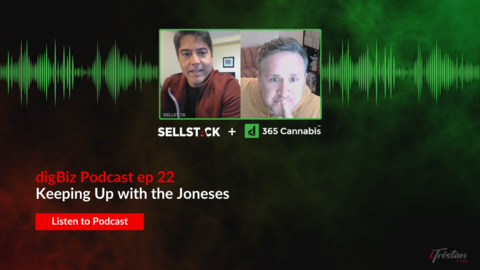Everybody needs a map. Streamlining Your Supply Chain and Inventory Automation: Roadmap Checklist
In today's increasingly competitive business environment, it is important to streamline your supply chain and inventory automation. We'll go through five things you can do to make managing your inventory easier and more effective!
Plan it out
Firstly, make sure you plan out the right inventory management strategy. This will guide your objectives, key milestones, and tasks associated with upgrading how managing your own supply chain ecosystem. Regardless of location, store, warehouse, or sales commitment status, your systems should know to the minute.
Inventory procedures
Secondly, create a detailed inventory policy and procedure manual. This will ensure that everyone who is responsible for managing your inventory is aware of the specific procedures to follow. This manual will also serve as living, breathing companion for the automated digitization your business will transform into.
Track
Thirdly, use barcodes or RFID tags to track your inventory items. This will allow you to quickly and easily identify which items are in stock and where they are located.
Ongoing management
Fourthly, establish regular cycle counts and physical inventories. This will help you stay on top of any discrepancies between your actual inventory and your recorded inventory levels, and especially provide you with regular oversight of trends, changes, and areas that need your attention.
Integrate
Lastly, if possible utilize supplier managed inventories (SMI). SMI allows your suppliers to directly manage and replenish your inventory levels, which can help reduce lead times and improve supply chain efficiency. How this works will differ from partner to partner, but the end goal is the same: speed and accuracy.
By following these five tips, you can streamline your supply chain and inventory automation, making it easier for you to manage your business's vital assets as you grow your complete ecosystem!
Make this an ongoing part of your business planning. It's why we engage in regular Roadmap Planning with businesses on a growth trajectory -- to uncover opportunities that could spell incremental - or large - revenue channels; to find holes in processes that you may not know existed. Even more than this, to give you a transparency-based sense of control over how you make your decisions and plan forward.

























